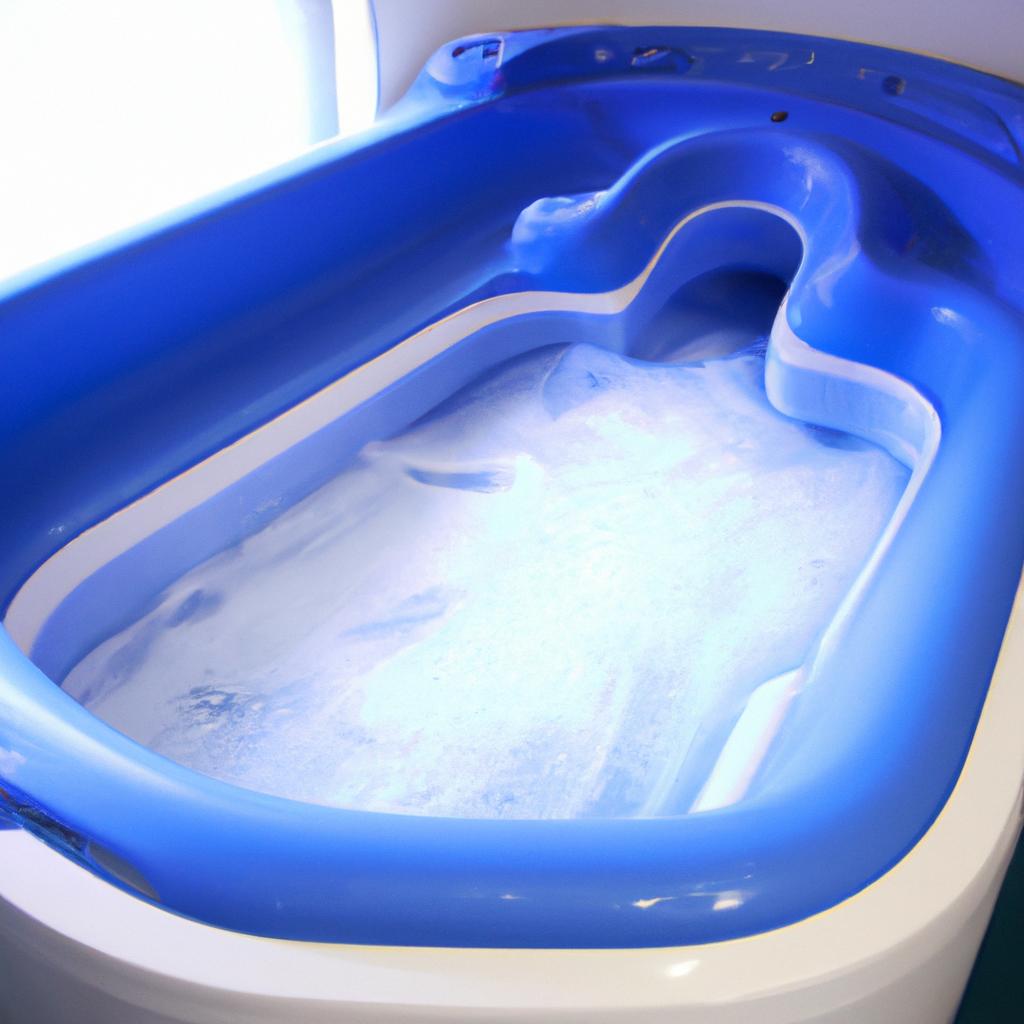**”The Role of Contrast Hydrotherapy in Enhancing Recovery: Exploring Hot and Cold Therapy Techniques for Optimal Muscle Repair and Performance”**
# The Role of Contrast Hydrotherapy in Enhancing Recovery: Exploring Hot and Cold Therapy Techniques for Optimal Muscle Repair and Performance
In the realm of physical recovery and rehabilitation, athletes and fitness enthusiasts are continually on the lookout for effective strategies to optimize their performance and expedite muscle repair. One such method that has gained traction is contrast hydrotherapy, a technique that alternates between hot and cold water exposure. This blog post delves into the principles of contrast hydrotherapy, its health benefits, practical applications, and complementary nutrition and exercise advice to enhance recovery.
## Understanding Contrast Hydrotherapy
Contrast hydrotherapy involves alternating exposure to hot and cold temperatures, typically through baths or showers. The fundamental idea behind this technique is that varying temperatures can stimulate blood flow, reduce muscle soreness, and promote healing. When hot water is applied, blood vessels dilate, increasing circulation to the muscles. Conversely, cold water constricts blood vessels, reducing swelling and inflammation.
### How Does Contrast Hydrotherapy Work?
The alternating exposure to heat and cold creates a ‘pump’ effect in the circulatory system. This cycle promotes increased blood flow and nutrient delivery to tissues, aiding in the removal of metabolic waste products. The combination of these effects can enhance recovery, reduce muscle soreness, and improve overall performance.
## Health Benefits of Contrast Hydrotherapy
1. **Improved Circulation**: The alternating temperatures stimulate blood flow, which enhances oxygen and nutrient delivery to muscles, promoting quicker recovery.
2. **Reduced Muscle Soreness**: Many athletes report decreased muscle soreness post-exercise when employing contrast hydrotherapy, allowing for more effective training sessions.
3. **Decreased Inflammation**: Cold exposure can numb the affected area and reduce inflammation, which is particularly beneficial after intense workouts.
4. **Enhanced Flexibility and Range of Motion**: The heat component of contrast hydrotherapy can increase muscle elasticity and flexibility, which is vital for athletes looking to maintain optimal performance.
5. **Increased Mental Resilience**: The discomfort of alternating temperatures can help build mental toughness, a quality that is invaluable in competitive sports.
## Practical Application of Contrast Hydrotherapy
### How to Implement Contrast Hydrotherapy
1. **Preparation**: Start by ensuring you have access to both hot and cold water. A bathtub or shower will suffice. The ideal temperature for hot water is around 100-104°F (37-40°C), while cold water should be around 50-60°F (10-15°C).
2. **The Process**:
– Begin with 3-4 minutes in hot water.
– Follow immediately with 1-2 minutes in cold water.
– Repeat this cycle 3-4 times, ending with cold water.
3. **Timing**: The best time to utilize contrast hydrotherapy is post-exercise or after a long day of physical activity when muscles are fatigued.
### Frequency of Use
For optimal results, incorporate contrast hydrotherapy into your routine 1-3 times a week, depending on your training intensity and recovery needs.
## Nutrition Tips for Enhanced Recovery
While contrast hydrotherapy significantly aids in recovery, combining it with proper nutrition can further enhance results. Here are some essential nutrition tips:
1. **Stay Hydrated**: Adequate hydration is crucial for optimal muscle function and recovery. Aim for at least half your body weight in ounces of water daily.
2. **Protein Intake**: Consuming protein-rich foods post-exercise supports muscle repair. Aim for 20-30 grams of protein within 30 minutes post-workout.
3. **Anti-Inflammatory Foods**: Incorporate foods rich in omega-3 fatty acids, such as fish, walnuts, and flaxseeds, along with fruits and vegetables high in antioxidants to combat inflammation.
4. **Carbohydrates for Energy**: Replenish glycogen stores with complex carbohydrates like whole grains, sweet potatoes, and legumes to fuel recovery.
## Exercise Advice for Optimal Muscle Repair
To complement contrast hydrotherapy and nutrition, consider the following exercise advice:
1. **Active Recovery**: Engage in low-intensity workouts such as walking, cycling, or swimming on rest days to promote blood flow without overexertion.
2. **Stretching and Flexibility**: Incorporate regular stretching and flexibility exercises to maintain muscle elasticity and prevent injury.
3. **Listen to Your Body**: Pay attention to your body’s signals. If you feel excessive fatigue or soreness, consider adjusting your workout intensity and frequency.
## Conclusion
Contrast hydrotherapy is a powerful tool in the recovery arsenal of athletes and fitness enthusiasts alike. By effectively alternating hot and cold exposures, individuals can enhance circulation, reduce muscle soreness, and promote quicker recovery times, ultimately leading to improved performance. When combined with proper nutrition and mindful exercise practices, contrast hydrotherapy can significantly contribute to optimal muscle repair and overall physical well-being. Embrace this technique as part of your recovery routine to reap the benefits and take your performance to the next level.















Post Comment